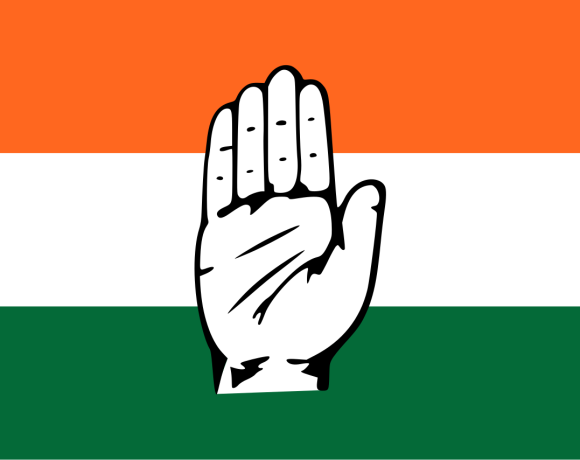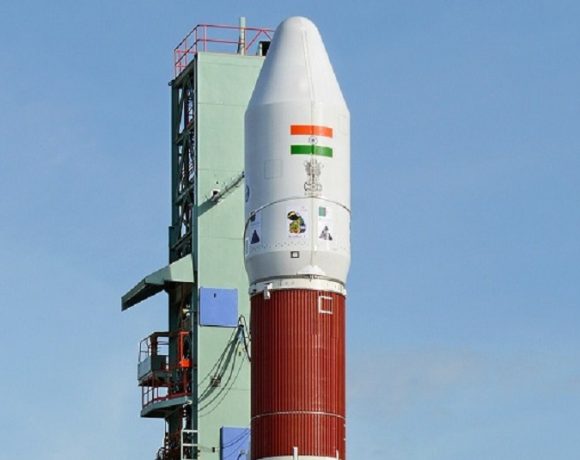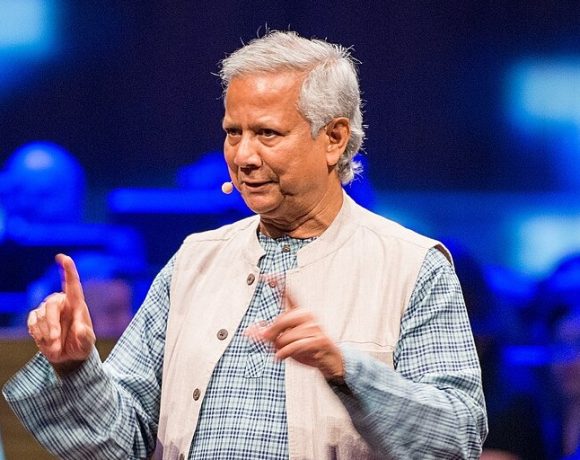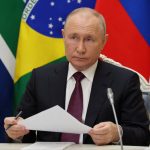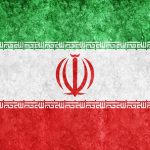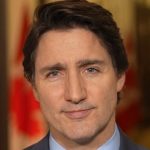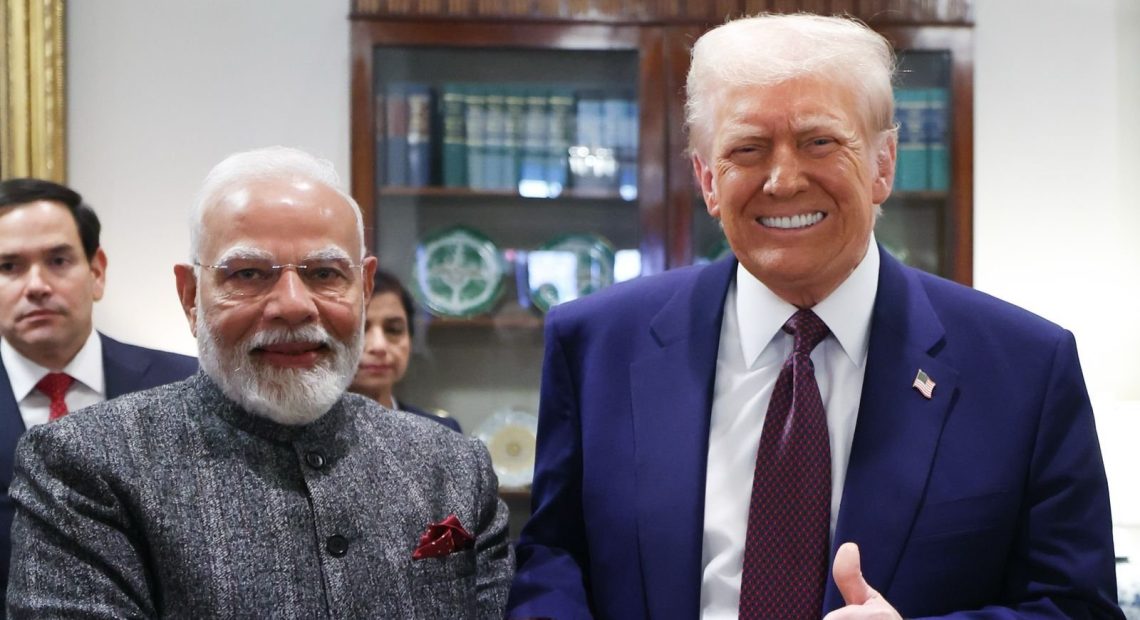
Breaking Down The News: Why the U.S. Needs India More Than India Needs the U.S.
The ofrecent meeting between Prime Minister Narendra Modi and former U.S. President Donald Trump has once again brought U.S.-India relations into sharp focus. From trade and defense to energy and strategic alliances, the discussion signals Washington’s eagerness to bring New Delhi deeper into its fold—particularly to counter China’s growing influence. However, the reality is that while India benefits from its partnerships with the U.S., it is not dependent on them. Instead, it is Washington that needs India in its broader geopolitical game, and that comes with conditions India cannot ignore—chiefly, its historic and indispensable relationship with Russia.
The U.S. Needs India to Counter China, But at What Cost?
The Biden administration, much like Trump’s before it, recognizes that China is the single biggest strategic rival to American dominance in global affairs. As Beijing expands its military presence in the Indo-Pacific, strengthens economic ties with nations through the Belt and Road Initiative, and asserts itself in critical technology sectors, the U.S. needs a reliable partner in Asia.
Enter India—the only nation in the region with the economic heft, military capacity, and diplomatic standing to counter China’s influence. The U.S. wants to integrate India into its global defense network, evidenced by its push to sell F-35 stealth fighters and increase oil and nuclear energy collaborations. But what Washington fails to acknowledge is that India has no intention of completely aligning with the West at the expense of its old allies.
Su-57 vs. F-35: India’s Defense Balancing Act
One of the most significant aspects of the Modi-Trump meeting was the discussion around potential F-35 sales to India. The American jet is a technological marvel, but it comes with strings attached. U.S. military deals often involve stringent conditions, including restrictions on technology transfers and operational autonomy. Compare that to Russia’s Su-57, which India has long considered for its own stealth fighter needs.
The Su-57 may not be as technologically advanced as the F-35, but it aligns better with India’s longstanding preference for defense deals that allow joint production and knowledge-sharing. The BrahMos missile, a joint Indo-Russian venture, is a testament to this strategy. Washington wants India to move away from Russian defense hardware, but India cannot afford to disrupt decades of cooperation that have resulted in a robust and self-reliant defense ecosystem.
U.S. Oil vs. Russian Oil: An Economic Reality Check
The U.S. has been pushing India to cut down on Russian oil purchases, but this is easier said than done. Ever since Western sanctions on Russia over the Ukraine war, India has smartly negotiated steep discounts on Russian crude, significantly reducing its import costs and strengthening energy security. In contrast, American oil is priced higher, and long-term contracts come with diplomatic pressure to align with U.S. foreign policy interests.
Even in nuclear energy, the U.S. has been keen to increase collaboration, particularly with small modular reactors (SMRs) and uranium supply. However, Russia’s Rosatom remains India’s most trusted nuclear partner, having successfully built the Kudankulam nuclear power plant. The difference is stark: Russia delivers on long-term projects without excessive political conditions, while U.S. energy deals are often subject to unpredictable policy shifts in Washington.
Russia: India’s All-Weather Ally
Despite the growing India-U.S. partnership, one undeniable fact remains—Russia has been, and continues to be, India’s most reliable strategic ally. From defense technology to energy and diplomatic backing at global forums, Moscow has consistently supported India without coercion or double standards.
If the U.S. truly wants India as a key player in its strategy to counter China, it must respect India’s ties with Russia. That means providing India with continued waivers from sanctions on Russian oil and defense purchases, avoiding unnecessary interference in India’s foreign policy, and allowing New Delhi to chart its own independent path.
India’s Strategic Autonomy is Non-Negotiable
Washington’s expectations that India will entirely sever its ties with Russia in favor of an exclusive alliance with the U.S. are unrealistic. India is not a vassal state—it is a rising power with its own strategic priorities. While cooperation with the U.S. brings mutual benefits, India will never sacrifice its sovereignty or its long-term relationships for the sake of American geopolitical objectives.
If the U.S. truly values its partnership with India, it must accept that India will continue to engage with Russia, whether in defense, energy, or diplomacy. The Modi-Trump meeting underscores that the U.S. needs India more than India needs the U.S., and any attempt to force India into a rigid bloc will only push New Delhi further toward a multi-aligned, self-reliant future.



